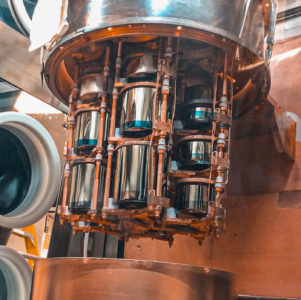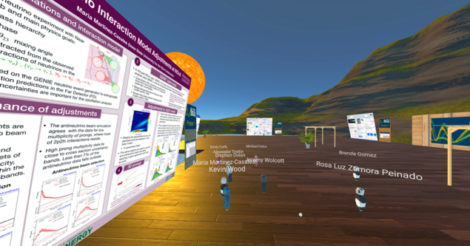Large Enriched Germanium Experiment for Neutrinoless
ββ Decay - LEGEND
The collaboration aims to develop a phased, 76Ge based double-beta decay experimental program with discovery potential at a half-life beyond 1028 years, using existing resources as appropriate to expedite physics results.




